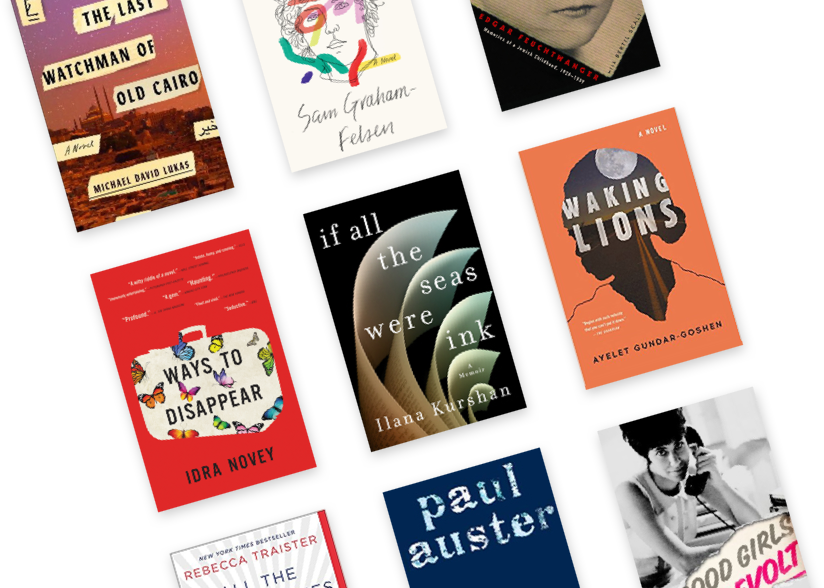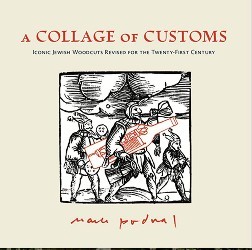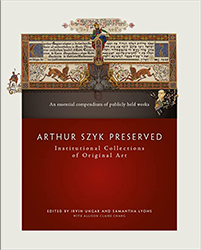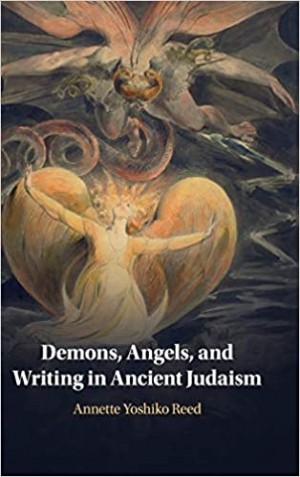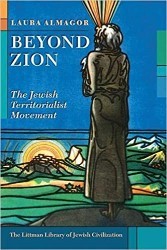To turn the pages of 100 Objects is to enter the now vanished world of Eastern European Jewry. The one hundred objects featured in this book reveal the creativity and persistence, in the face of hardship, of Jewish life in the fourteenth through the twentieth centuries.
Most Eastern European communities kept records throughout this period, but they were largely statistics, with no documentation of folk customs and the small pleasures and activities of daily life. As Europe modernized, Simon Dubnow (1860−1941), the scholar and historian of world Jewry, issued a call in 1891 to collect material on Jewish life in the Russian Empire in order to create an understanding and full picture of Jewish life. The ethnographer S. An-ski (1863−1920) was also concerned with the loss of Jewish folk customs and toured the Pale of Settlement in 1912 – 1914 to record folk tales, music, ritual objects, art, and any practice — religious, medical, superstitious — that was part of daily life.
Influenced by the work of Dubnow, An-ski, and other researchers, YIVO (Yiddish Scientific Institute) was founded in 1925 in Vilna to collect ephemera and folk material to add to the official records Jews kept. YIVO was relocated to New York in 1940 as Germany advanced on Europe. With its collections, YIVO seeks to educate, stimulate scholarship, and enrich contemporary culture through its trove of folk material and ephemera — the small details that add up to a bigger story. In the words of its editor, “This book celebrates the small details.”
From the fourteenth century is a fragment of a Rashi manuscript used in the binding of a Christian book. To save money and get condemned Jewish works out of circulation, Christian bookbinders regularly recycled parchment from Jewish manuscripts, preserving in this strange way thousands of fragments. From 1949 comes College Yiddish: An Introduction to the Yiddish Language and to Jewish Life and Culture. A tribute to An-ski’s work are stained and edited pages from his Yiddish translation of Der Dibek, which he originally wrote in Russian. Charred remnants of a Torah scroll testify to the pogroms that marked the violence after the breakup of the Russian and Austro-Hungarian empires. A grogger designed around a swastika, created in a displaced persons camp after World War II, is a small triumph. The politics of the hard left are graphically encapsulated in William Gropper’s caricature of Franklin Roosevelt, top hat and all, as a spider whose legs bear the names of ills of capitalism.
100 Objects is divided into ten equal sections: Beliefs and Customs, History, The Written Word, Performing Arts, Visual Arts, Labor, Youth, The Holocaust and Its Aftermath, Immigration, and YIVO History. Each object is beautifully photographed and accompanied by an explanatory essay by a leading scholar. The quality of the photographs and large format allow the reader to linger and take in the full impact of the object.
100 Objects may speak to American Jews, concentrating as it does on East European Jewry, from which many Americans are descended. The selected objects — from a collection of 24 million, stored in countless collection boxes — lean toward the nineteenth and twentieth centuries and may kindle many memories.
Maron L. Waxman, retired editorial director, special projects, at the American Museum of Natural History, was also an editorial director at HarperCollins and Book-of-the-Month Club.

